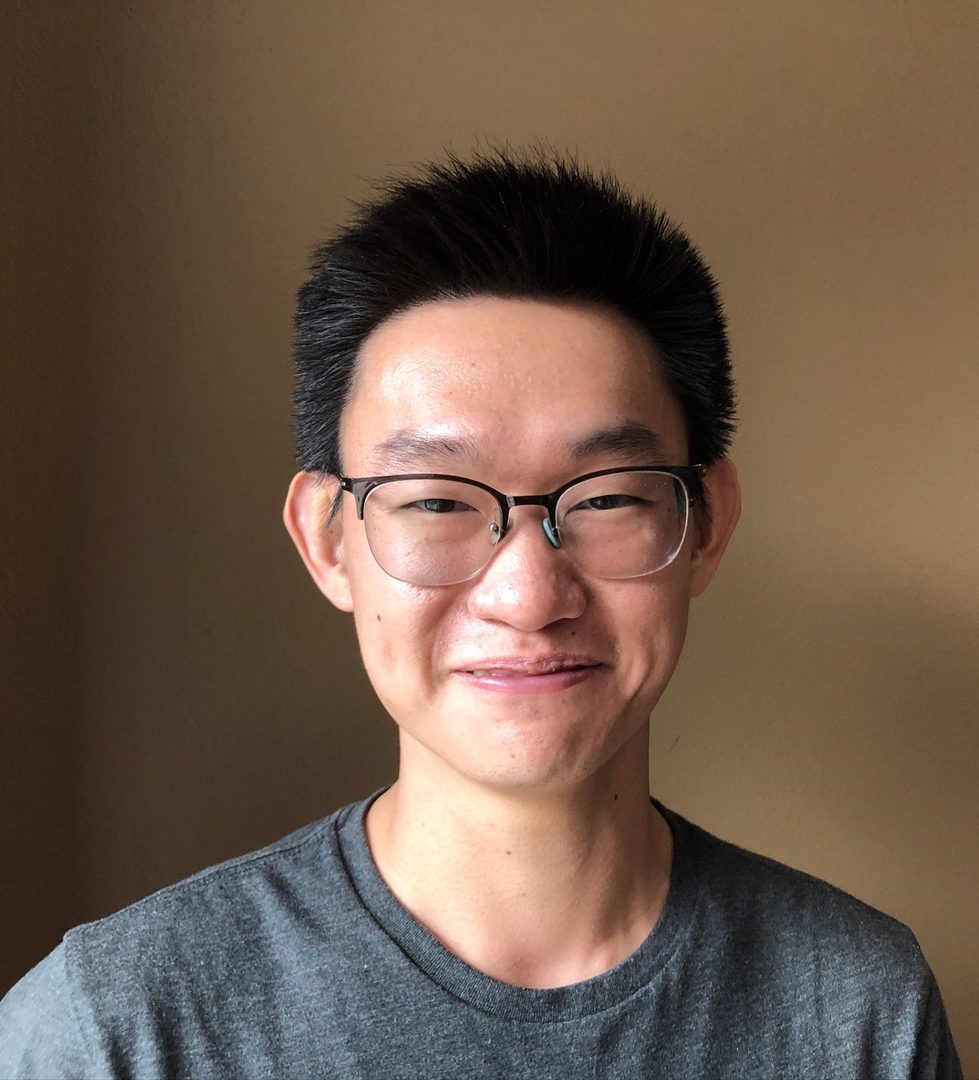Chris Chung

Papers
- Canonical bases arising from ıquantum covering groups
arXiv versionAbstract: (click to expand)
For ıquantum covering groups (U,Uı) of super Kac-Moody type, we construct ı-canonical bases for the highest weight integrable U-modules and their tensor products regarded as Uı-modules, as well as a canonical basis for the modified form of the ıquantum covering group Uı, using the ıπ-divided powers, rank one canonical basis for Uı.
- A Serre Presentation for the ıQuantum Covering Groups
arXiv versionAbstract: (click to expand)
Let (U,Uı) be a quasi-split quantum symmetric pair of Kac-Moody type. The ıquantum group Uı admits a Serre presentation featuring the ı-Serre relations in terms of ı-divided powers. Generalizing this result, we give a Serre presentation Uπı of quantum symmetric pairs (Uπ,Uπı) for quantum covering algebras Uπ, which have an additional parameter π that specializes to the Lusztig quantum group when π=1 and quantum supergroups of anisotropic type when π=−1. We give a Serre presentation for Uπı, introducing the ıπ-Serre relations and ıπ-divided powers.
- Quantum Supergroups VI: Roots of 1 (with Thomas Sale and Weiqiang Wang)
Lett. Math. Phys. 109 (2019), pp. 2753–2777
arXiv version journal versionAbstract: (click to expand)
A quantum covering group is an algebra with parameters q and π subject to π²=1, and it admits an integral form; it specializes to the usual quantum group at π=1 and to a quantum supergroup of anisotropic type at π=−1. In this paper we establish the Frobenius–Lusztig homomorphism and Lusztig–Steinberg tensor product theorem in the setting of quantum covering groups at roots of 1. The specialization of these constructions at π=1 recovers Lusztig’s constructions for quantum groups at roots of 1.



